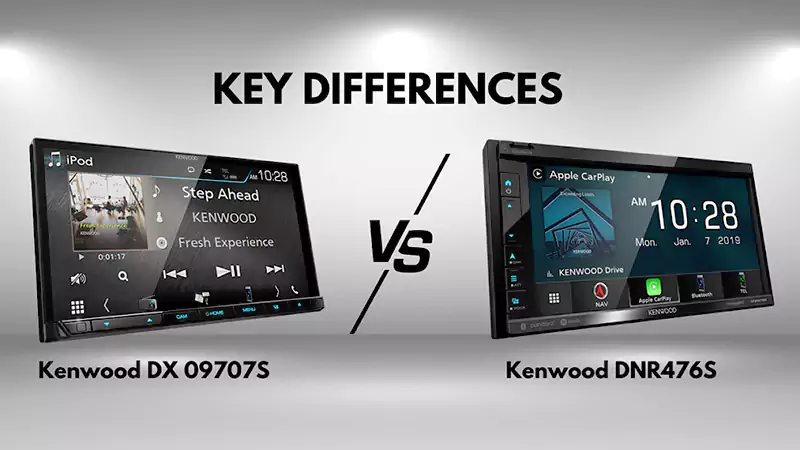7 Types of Roof Tiles and How to Choose One for Your Home
Typically, your roof will last a few decades from around 12 years at the least to 200 at the most. As you can see, there’s a wide range of lifespan; the number depends on the type of roof you have, how well it was initially installed, and the weather conditions.
No matter what though, there will be a time when repairs aren’t enough and you need a replacement roof. And when it comes, you want to be ready.
In this article, we’ll discuss seven types of roof tiles. That way, you can choose the best ones for your home ahead of time.
Clay Tiles
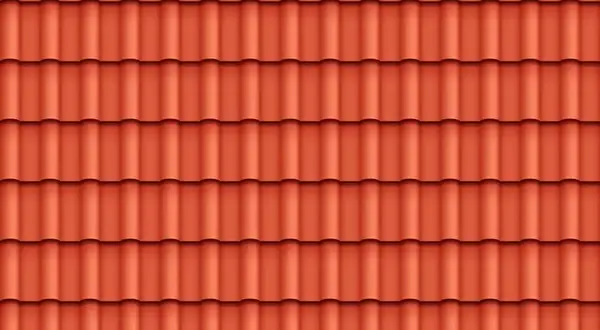
These are one of the oldest and most conventional types.
As the name implies, they’re out of natural clay including, water, and other minerals. Later on, they’re shaped, molded, and fired at high temperatures.
What’s great about them is that they come in various shapes and sizes. Some popular ones include flat, pantiles (S-shaped), Roman, and interlocking. Colors range from terracotta reds to browns and grays.
They offer excellent insulation and can withstand harsh weather conditions. However, they’re relatively heavy, so your roof structure needs to be strong enough to support them.
These can also be on the more expensive side, and installation will cost more too.
Concrete Tiles
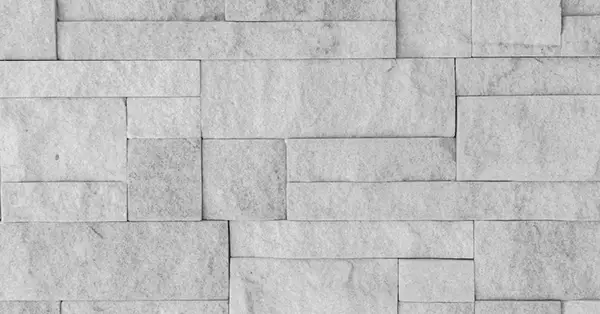
Concrete tiles are similar to clay ones but are a more affordable alternative. They’re made from mixing cement, sand, and water, as well as other additives (such as pigments and fibers).
You can have these to mimic other roofing materials, such as clay, wood, or slate. They have the same common shapes as clay ones, and colors range from earth tones to vibrant hues.
Their main advantages are that they’re strong yet low maintenance. Also, they will withstand harsh weather and provide decent insulation.
Slate Tiles
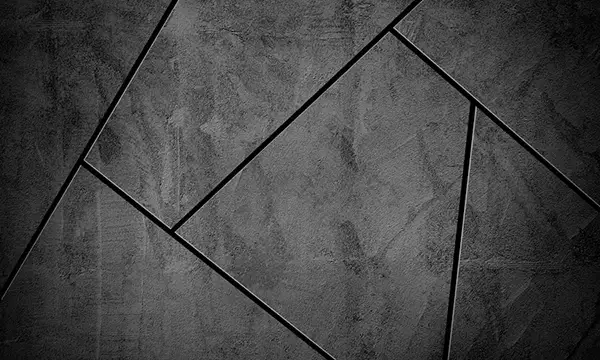
These are natural stone tiles that offer an elegant look. They’re remarkably long-lasting and resist fire, as they’re made from sedimentary rock which had gone under high heat and pressure over millions of years. An added benefit is that they all have a striking and lifelike appearance
Even though they’re natural stones, they come in colors such as gray, black, green, purple, and red. They even have different textures, ranging from smooth to rough. Whatever you choose, it’ll add depth and character to your roof.
Slate is yet another material that’s durable and low maintenance. They’re on the heavier side though, and are pretty expensive. However, consider them a worthwhile investment, as they can last for a century or more if you have them properly installed and maintained.
Metal Tiles

Amongst the common metals such as steel, aluminum, and copper, the most commonly used metal is steel. It is because they’re lightweight, durable, and have a long lifespan.
If you’re worried about these looking unnatural, the good news is, since they come in various styles and profiles, some can resemble traditional clay or slate varieties. This means you can get the aesthetic but lose weight if you have a roof structure that can’t handle those tiles.
One drawback is that rain or hail can sound loud on these. However, if you get proper insulation and underlayment, these can mitigate noise issues.
Asphalt Shingles
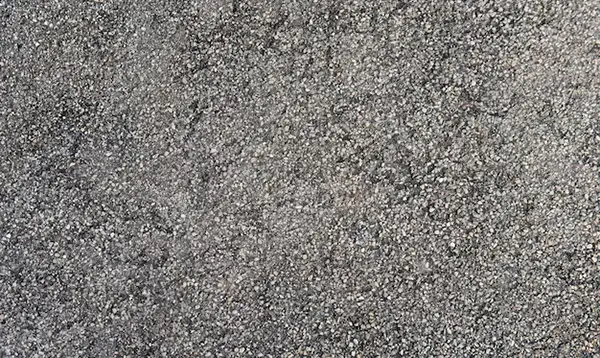
Fun Fact: Do you know, People in the U.S. still choose affordable alternatives? Asphsssalt Shingles are the most preferred roof type and still bless homes with their intrinsic features.
Asphalt shingles are commonly seen on roofs. Although they’re not technically tiles, they’re still assembled in an overlapping fashion.
They’re usually made of a fiberglass or organic mat core (fiberglass is more commonly used today), then coated with asphalt. These have mineral granules on the surface.
If you’re searching for something cost-effective, then you’ve got it here. This is why you’ll see it across residential roofing projects that have limited budgets. There’s a good balance between cost and durability with these.
While they’re relatively durable, they’re not ideal for places that get severe storms or hail, as they may get damaged during weather events. If you want solar panels though, these are outstanding. Find out how solar panels work if you’re curious.
Wood Shingles or Shakes
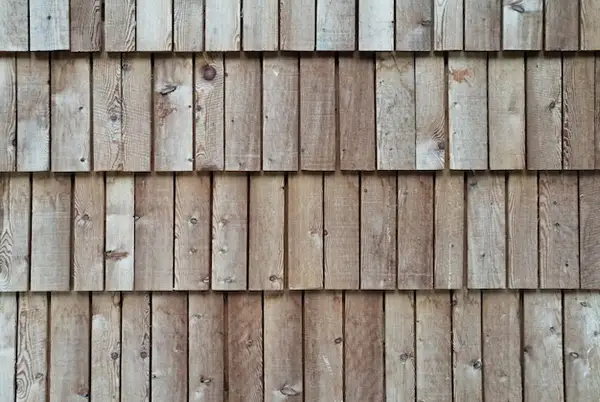
Wood shingles are ideal for homeowners who like the classics. While you can get them in various types of wood, such as cedar, redwood, cypress, or pine, cedar’s the most popular choice since it has the most natural resistance to things like rot and decay.
You’ll get a charming and rustic aesthetic for your house with these. This is especially true since they develop a beautiful patina over time that gives your roof a uniqueness that can’t be found elsewhere. These themselves can be customized highly, as they’re available in different grades, thicknesses, and sizes.
This type of roof tile is very environment-friendly. Besides this, it does require regular maintenance to stay in excellent shape. These aren’t fire-resistant. But you can treat them with fire retardant layers or pressure treatments to create them less inclined to set on fire.
Fiber Cement Tiles
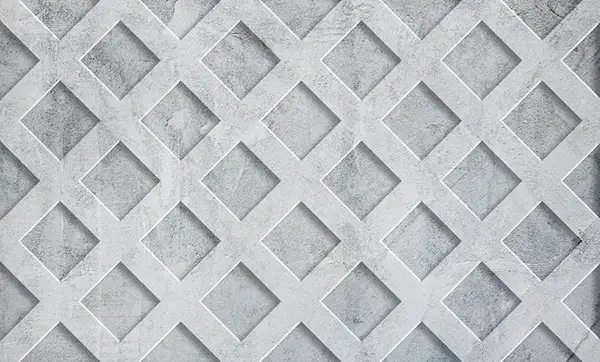
Fiber cement tiles are made from a mixture of cement, sand, cellulose fibers, and other additives. The result is a lightweight but strong material that’s resistant to many kinds of weathering.
You can have these to mimic other roofing materials, such as slate, wood shakes, or clay tiles. They not only come in various shapes, sizes, and textures but they’re also paintable to create the perfect look.
These are viewed as a more eco-friendly option that requires minimal maintenance throughout the years. Also, they have a mid-range cost, which means they won’t break the bank.
Consider These Types of Roof Tiles
Now you have several types of roof tiles to choose from when you need a replacement.
Use this as a starting point, then find out more about local building regulations and consult with roofing professionals too. From there, you can determine the most optimal ones to use for your home, based on not only your budget but also the local climate and other influential factors.
Keep reading our blog page if you’d like more informative posts.




